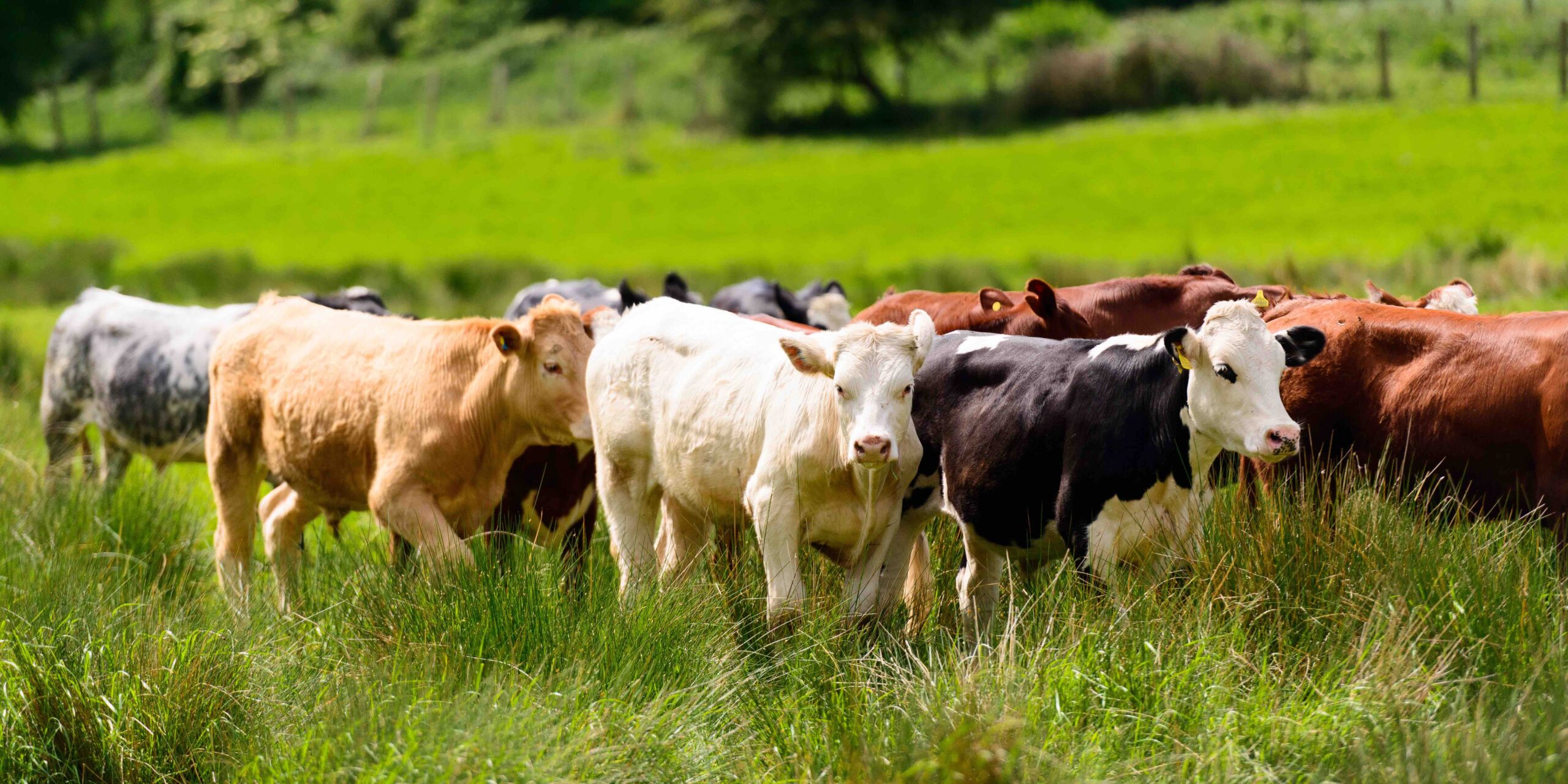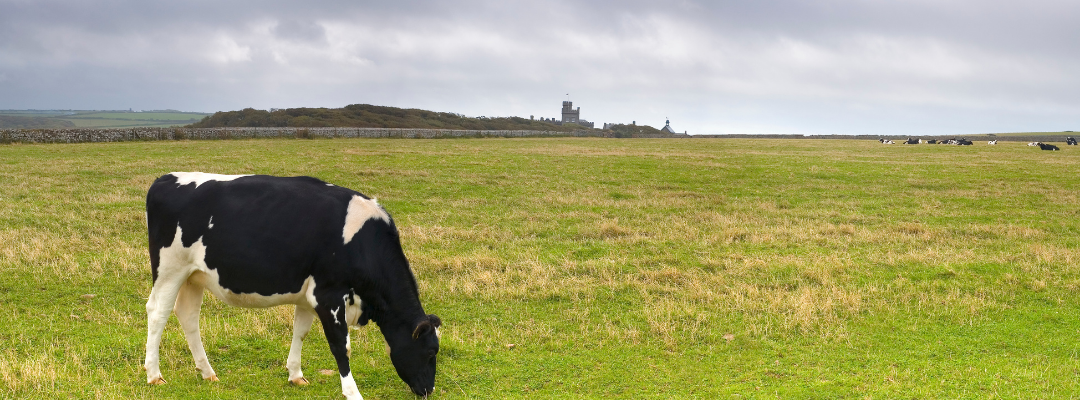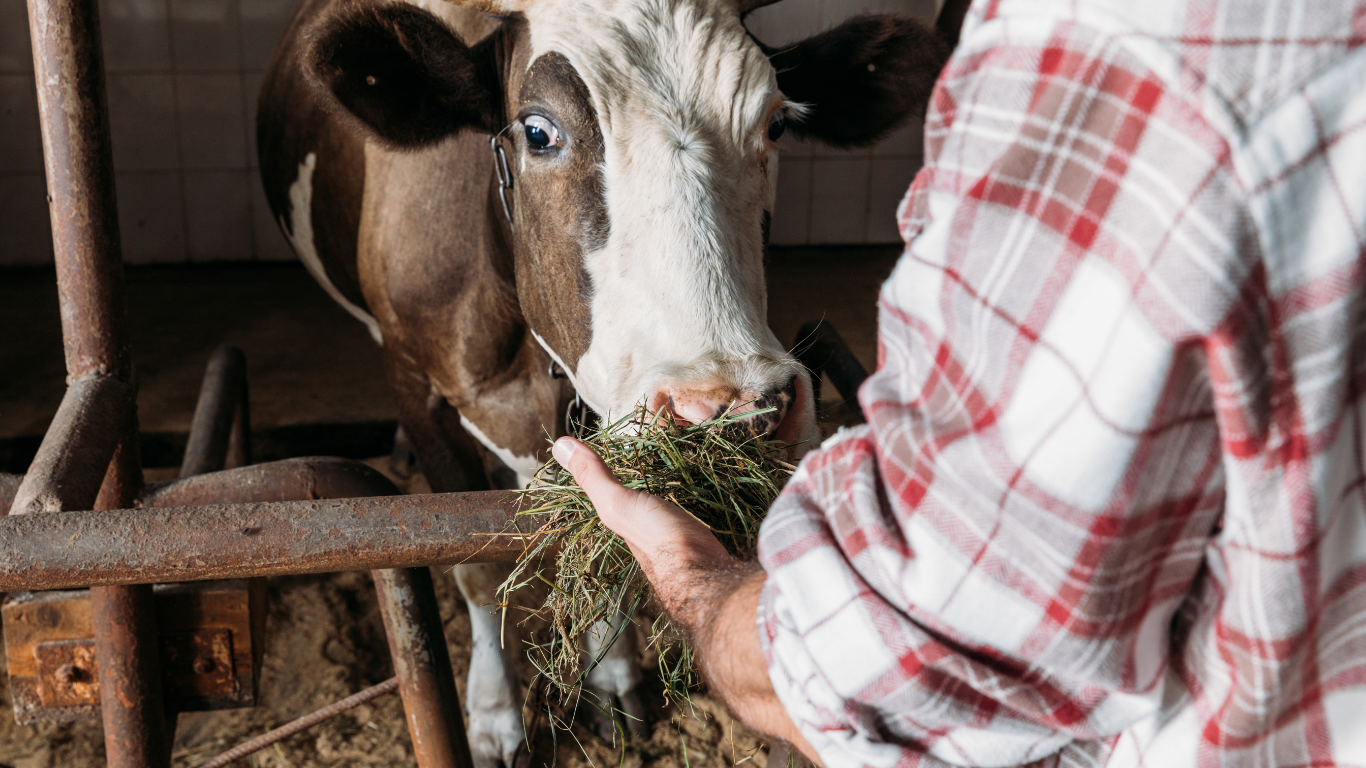Many analysts expect the beef cattle industry to expand the cowherd in 2025. This won’t be confirmed until the release of the January 2026 Cattle Inventory Report. When herd expansion begins, replacement heifers and bred cows will become increasingly valuable. As one might expect, replacement heifer and bred cow prices are correlated with feeder cattle prices.
Cows that are open but otherwise healthy can enter two marketing channels: cull cow or bred cow markets. In most circumstances, cows leaving a cow-calf operation are sold as open cull cows. However, cyclical cattle inventories and supply dynamics provide scenarios where the value of bred cows dominates the value of open cull cows because of herd expansion.
The orange line in the figure is the price of a Breaking 75-80% cull cow sold in Joplin, MO. Breaker cows correlated approximately to a cow with a body condition score of 7-8. So, a cow that is open but in good condition. The green line in the figure is the price of a cow that is 4-9 months bred and sold in Joplin, MO. The blue line is the price of a bred cow compared to that of a cull cow. A price ratio that is less than one indicates that a cow is worth more as an open cull cow. A price ratio greater than one indicates that bred cow value dominates cull cow value. An increase in the price ratio implies that bred cow prices have increased faster than cull cow prices. This increase in the ratio is a function of where the industry finds itself in the cattle cycle.

Mitchell, James. “The Relative Value of Bred Cows.” Southern Ag Today 4(26.2). June 25, 2024. Permalink







